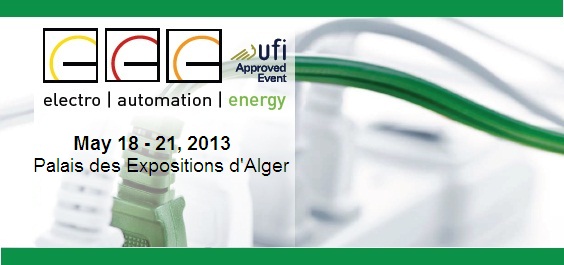The S&B Industrial Minerals group has successfully commissioned a Flux Feeder ST2P-3 unit of its Stollberg brand – the worldwide first supply of this type of flux feeding system – at the thin-slab casting plant of OMK in the Russian region of Nizhni Novgorod. With its latest Flux Feeder model, the ST2P-3, S&B has rounded off its range of automatic flux feeding solutions with an easy-to-use system that has no special requirements on the media supply system in the steel works.
Especially for thin-slab casting plants, which are designed for casting and direct rolling, it is paramount that the casting flux be evenly distributed and fed at a constant rate into the mould. These plants do not provide any possibility of inspecting the surface of the cast strand. Therefore, there is no chance to remove any surface defects prior to rolling. In other words, care must be taken to create the preconditions for a constantly good surface quality when the casting process starts.
Flux Feeders provide a much better strand quality than manually fed casting fluxes. While the latter are added in undefined quantities, automatic feeding ensures that the mould flux trickles down onto the meniscus in a uniform manner. Any disturbing effect on the meniscus due to the impact caused by larger flux quantities that may result in surface defects and the mixing up of slag and flux material is reliably prevented. Moreover, automatic feeding ensures that there is a uniform and uninterrupted flux film between the strand and the mould plates.
The Flux Feeder of the ST2P-3 type is a compact, only 50 cm high mobile unit, which can be easily positioned under the flux containers. It conveys the flux material in precisely metered amounts to the mould and distributes it uniformly on the meniscus. As proved by experience from other continuous casters Flux Feeders reduce surface and subsurface defects of the solidified strand by 10 to 30 percent.
The designers placed greatest emphasis on developing a system that would be extremely easy to operate and only have very modest demands on the media supply system. Easy-to-operate pressure control devices ensure that the volumetric flow can be precisely adjusted.
The ST2P-3 Flux Feeder does not require any sophisticated media supply system. All it needs is dried pneumatic air or nitrogen. It operates fully pneumatically and independently of any power supply. This makes it an extremely low-maintenance device, guaranteeing high availability under operating conditions.
The equipment in use at OMK comprises three storage containers for different flux grades, each with a filling volume of 2.5 m3, the mobile Flux Feeder, the feeding lines for conveying the flux material to the mould as well as the distributors which spread the flux material onto the meniscus.
For switching between the flux types, the Flux Feeder is simply moved under the corresponding container and fixed in place. All this is done by hand. Moving the Flux Feeder from one container to another, takes just a few minutes. The feeding hoses can be flexibly arranged according to the specific situation on the casting platform. They may run horizontally, over distances of several meters.
Like with its “big brother”, the ST2P-2 Flux Feeder, the storage containers are filled out of big bags. This saves considerable amounts of flux material. Whereas in the past, when the material was delivered in standard sacks of 10 kg, some five percent of the material remained inside the sacks. With big bags, this loss is reduced to virtually zero.
In addition to electronically controlled systems ST2P1 and ST2P-2 – which can be integrated into the process control of continuous casters – S&B is with the Stollberg Flux Feeder ST2P-3 now also offering a compact, pneumatically operated system.
Background
Granulated casting fluxes allow trouble-free, efficient and environmentally friendly casting. During the last few years, these features have led to a growing use of granulated fluxes, increasingly substituting pulverized material. Unlike pulverized flux material, granulated fluxes provide a material layer of uniform thickness on the meniscus.
The still customary practice of feeding fluxes manually has a number of drawbacks. Manual feeding frequently leads to varying flux film thicknesses, causing non-uniform temperature distribution on the meniscus. If large amounts of pulverized or granulated fluxes are added, turbulences may lead to subsurface inclusions in the cast strand. In downstream processing, these inclusions may cause shells or other surface defects.
Additionally, the Flux Feeders improve the working conditions on the casting platform and increase operator safety, because automatic flux feeding makes it unnecessary for the foundryman to constantly remain within the immediate vicinity of the mould.


You must be logged in to post a comment Login